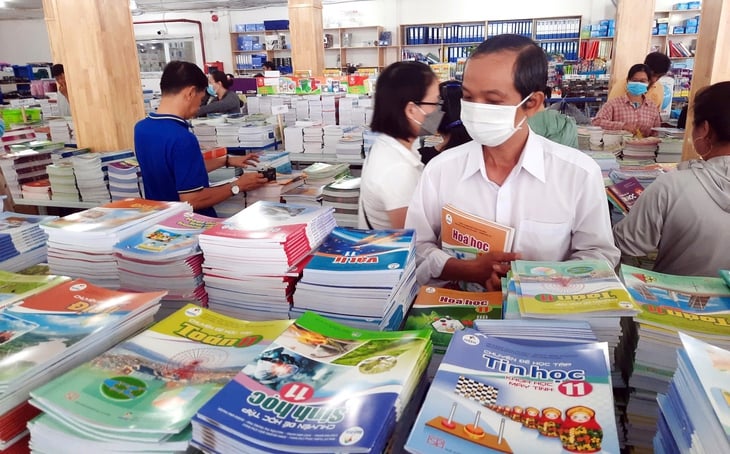
The policy of "one program, many sets of textbooks" has been put forward for a long time, and is a significant step forward in the process of educational innovation in Vietnam - Photo: NHU HUNG
This policy opens up competitive space, encourages creativity, and creates conditions for domestic and foreign organizations to participate in developing general knowledge - something unprecedented in the Vietnamese education system before.
However, after several years of implementation, many shortcomings in the implementation process have become increasingly apparent.
One of the prominent paradoxes from reality is: many book sets are highly appreciated academically by experts in charge and experimental teachers at local education and training departments but are ultimately not selected.
The underlying cause lies in the current examination and assessment mechanism: the national unified exam questions and the exam questions of many provinces are "implicitly" following a certain set of books.
When students' abilities - especially foreign languages - become an important KPI to evaluate the management effectiveness of the Department of Education and Training's leaders, it is understandable to prioritize choosing familiar textbooks that have "easily achieved high scores" in previous exams.
This causes the goal of truly improving quality - through new, more modern books - to be traded off by the "safe" and "easy to achieve" mentality of schools and local leaders.
Another undeniable fact is that most of the management agencies, schools and teachers are not ready to change their lesson plans and teaching methods.
Switching to a new set of textbooks requires an investment of time, effort and a willingness to learn – something that is not always present in the general education environment. As a result, new textbooks – despite their high quality – are difficult to access and implement.
For book publishing businesses, this situation poses great risks: investment in production, printing, staff training and distribution becomes passive and unpredictable.
It is unclear which locality will choose which books, how many will be chosen, and how long they will be used... all of this creates a market that is both opaque and unstable, and thus cannot have high-quality products at reasonable prices.
To remove the bottleneck, a comprehensive, visionary and feasible solution is needed. In which, building a unified e-textbook ecosystem is an important direction.
If all textbooks are digitized and integrated on a common learning platform, teachers can flexibly choose the most suitable content for students, as long as they still follow the framework program.
This model not only saves printing and shipping costs but also helps to continuously update content, in line with the rapid changes in knowledge and society.
But other solutions from the root are still needed. First of all, exams at all levels need to be standardized according to the program, not according to the textbooks. This will cut off the dependence between exams and textbooks, helping textbooks compete fairly based on real quality.
Teachers need to be trained to teach from a range of textbooks, not just one. This is an important step in eliminating the “teach from your familiar” mentality and paving the way for flexible innovation in the classroom.
The book selection process at localities also needs to be public and transparent, limiting the influence of personal relationships or group interests.
We have come a long way in education reform. But any reform requires consistency between policy and practice, between vision and implementation tools.
If we only innovate in policy issuance but do not remove bottlenecks at the operational level, progress will remain a formality.
It's time for the education sector to look back at what's happening in reality: what are the shortcomings due to the mechanism, what are due to people, and what are due to lack of tools.
Only with consistency from top to bottom can the "one program, many textbooks" model have the opportunity to fulfill its original expectations of improving the quality of education and promoting sustainable development for future generations.
Source: https://tuoitre.vn/giai-phap-goc-re-de-co-nhieu-bo-sach-giao-khoa-20250729083112045.htm



![[Photo] Hanoi morning of October 1: Prolonged flooding, people wade to work](https://vphoto.vietnam.vn/thumb/1200x675/vietnam/resource/IMAGE/2025/10/1/189be28938e3493fa26b2938efa2059e)






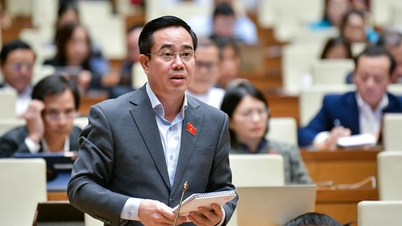




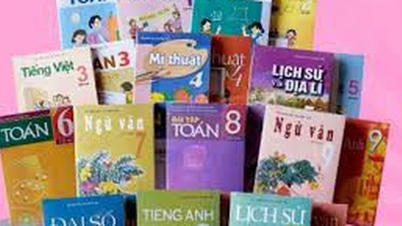



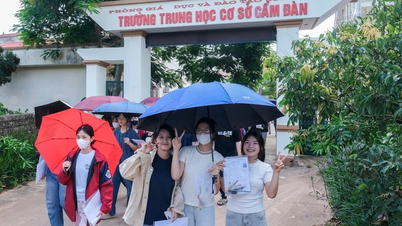
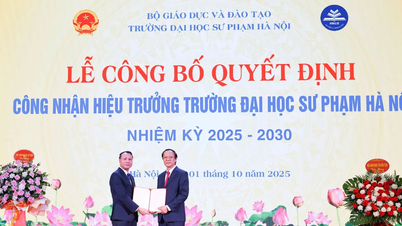

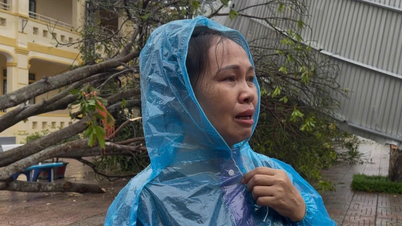













![[Photo] President Luong Cuong receives President of the Cuban National Assembly Esteban Lazo Hernandez](https://vphoto.vietnam.vn/thumb/1200x675/vietnam/resource/IMAGE/2025/9/30/4d38932911c24f6ea1936252bd5427fa)
![[Photo] Panorama of the cable-stayed bridge, the final bottleneck of the Ben Luc-Long Thanh expressway](https://vphoto.vietnam.vn/thumb/1200x675/vietnam/resource/IMAGE/2025/9/30/391fdf21025541d6b2f092e49a17243f)
![[Photo] The 1st Congress of Phu Tho Provincial Party Committee, term 2025-2030](https://vphoto.vietnam.vn/thumb/1200x675/vietnam/resource/IMAGE/2025/9/30/1507da06216649bba8a1ce6251816820)

















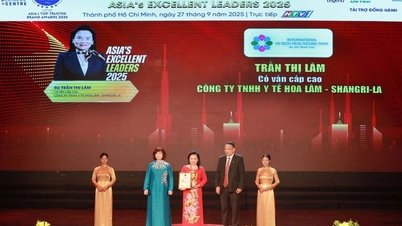
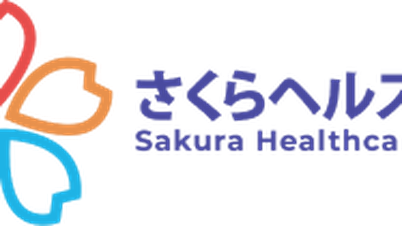


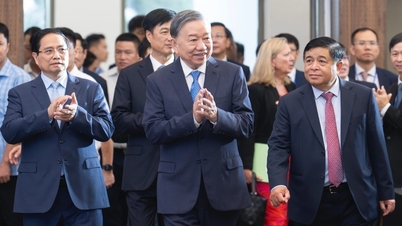
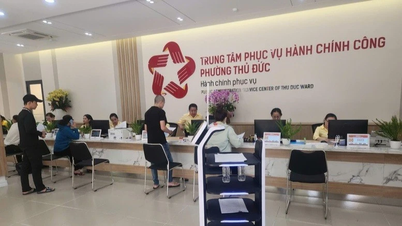


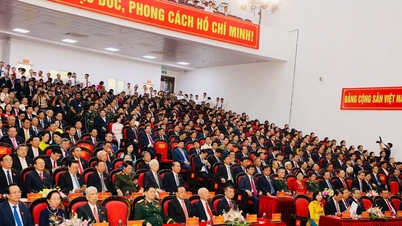

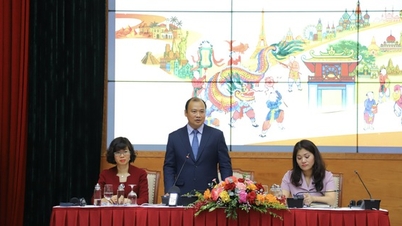

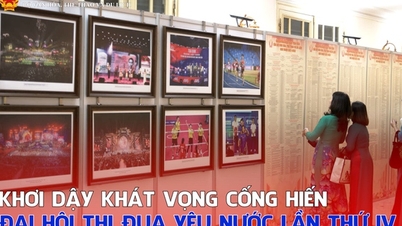






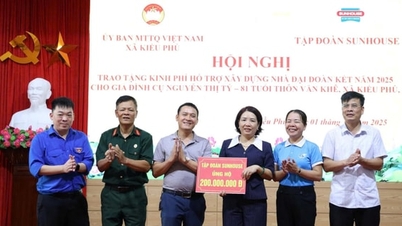



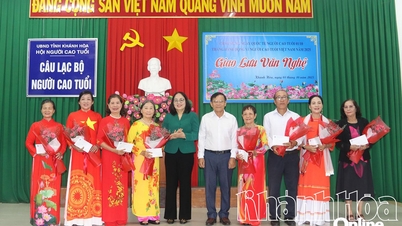


















Comment (0)